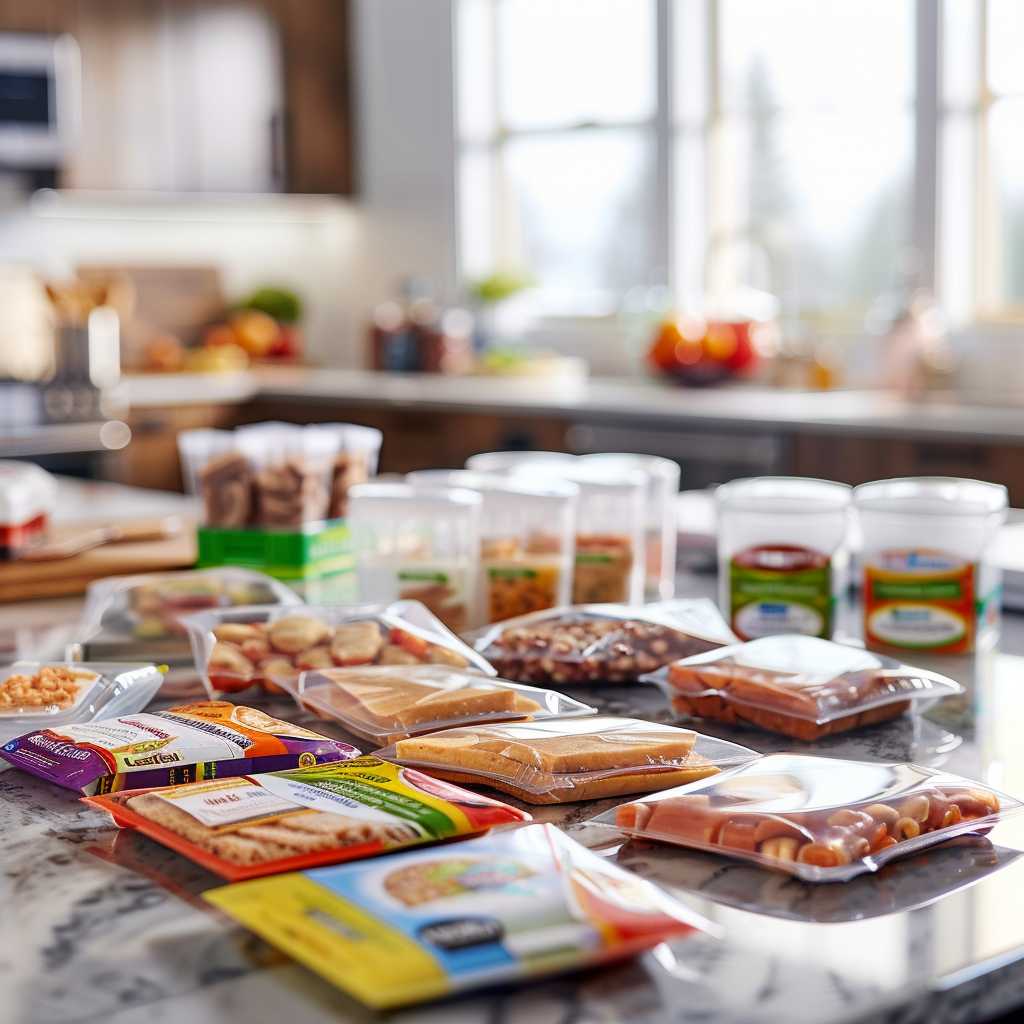Lunchables: A Convenient Snack with Emerging Health Concerns
In the fast-paced world we live in, parents and individuals often turn to convenient food options for snacks and quick meals. Products such as Lunchables, a brand of pre-packed, portion-controlled lunch combinations, fit neatly into this niche. Marketed as a fun and easy lunch option for kids that come with a variety of food items, these kits have long been a staple in grocery stores. But rising concerns over the potential lead content and the healthy nature of foods like Lunchables have become a focus of discussion among parents, nutritionists, and health authorities.
The Popularity of Lunchables: A Background
A Brief History of Lunchables
Launched in 1988 by Oscar Mayer, Lunchables were created to sell more lunch meat. The practicality of the product quickly caught on with busy parents looking for packable lunches for their children. Available in various assortments including crackers, meats, cheeses, and even pizzas that children could assemble themselves, Lunchables promised not only ease but also fun.
Continued Success and Expansion
Since their introduction, Lunchables have expanded to include a wider array of options including breakfasts, complete with waffles or pancakes; snack sizes; and organic selections. Their persistent success can be attributed to their convenience as well as their appeal to children who enjoy the interactive aspect of assembling their meals.
Health Concerns and Nutritional Debates
Assessing Nutritional Content
Nutrition experts agree that balanced meals are important for children’s development. While certainly convenient, many Lunchables have been scrutinized for their high levels of sodium, sugar, and fats. Critics allege that such products contribute to growing childhood obesity rates and poor dietary habits.
Emerging Lead Concerns
Recently, lead has leapt to the forefront of health concerns regarding processed food items like Lunchables. Reports citing studies done by food safety watchdogs such as the Environmental Defense Fund highlighted traces of lead within various pre-packaged food products. As lead exposure in children can impact cognitive function and development even at low levels, these findings have raised alarms amongst consumers.
Regulations and Company Responses
In response to such concerns, companies producing these foodstuffs must adhere to stringent federal regulations about contaminants like lead. Food producers often contend that they follow all guidelines set by the Food and Drug Administration (FDA) and emphasize their commitment to safety.
Impact on Consumer Choices
The lead topic hand-in-hand with nutritional issues might influence consumer choices bordering on requests for clearer labeling, improvements in product ingredients, and overall a demand for healthier options. Parents have become more vigilant, seeking better transparency from food manufacturers on what they’re feeding their children.
The Versatile World of Pre-Packaged Foods
Innovation in Convenience Foods
As consumer awareness grows, so does competition among brands promoting healthier ready-to-eat meal options. Some market alternatives include reduced sugar content, whole grain crackers or non-GMO ingredients to appease health-conscious customers.
The Changing Needs of Consumers
The landscape is evolving to cater to consumers demanding higher quality meals on-the-go without sacrificing nutritional value. This has paved the way for new companies arriving in the market that advertise environmentally friendly packaging and superior quality ingredients as part of their value proposition.
